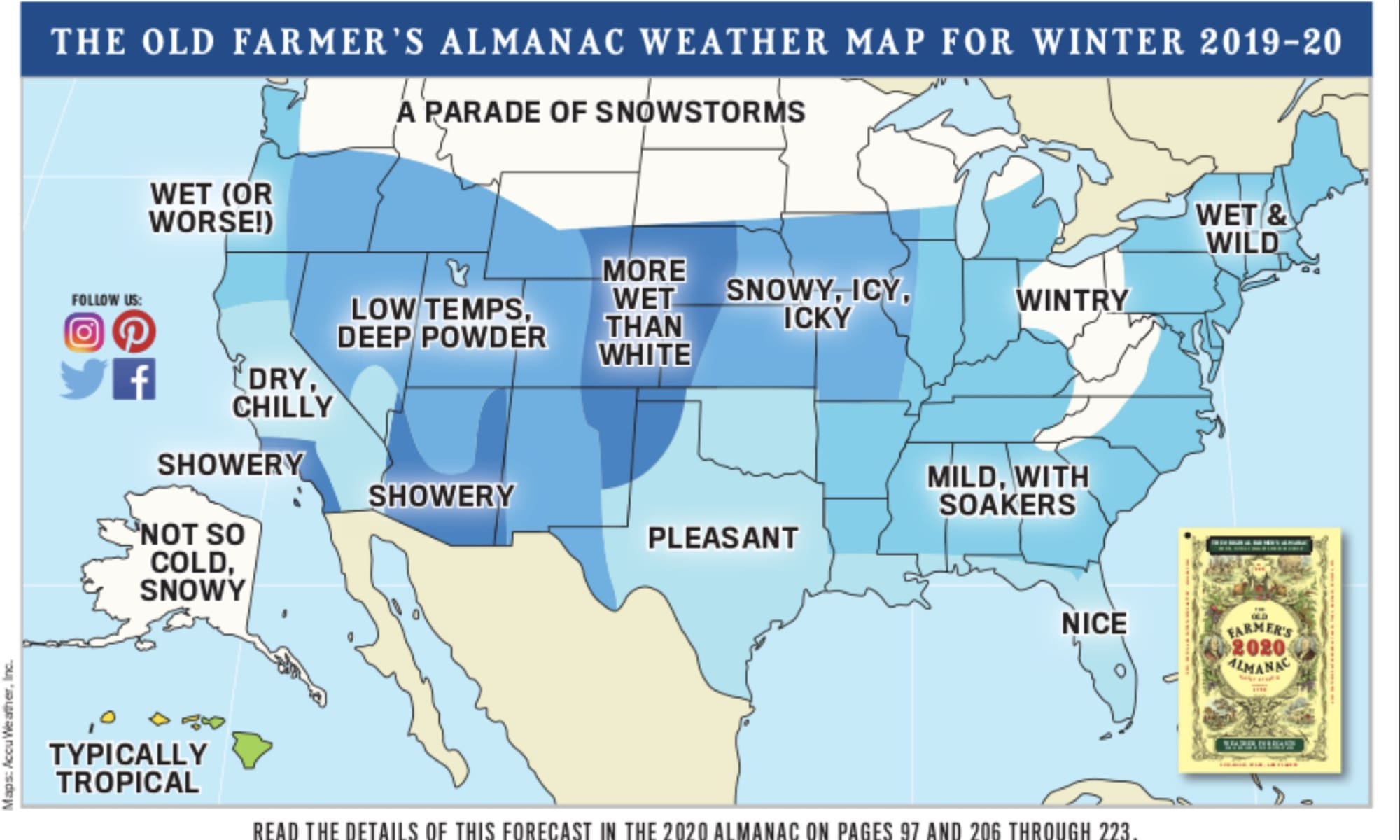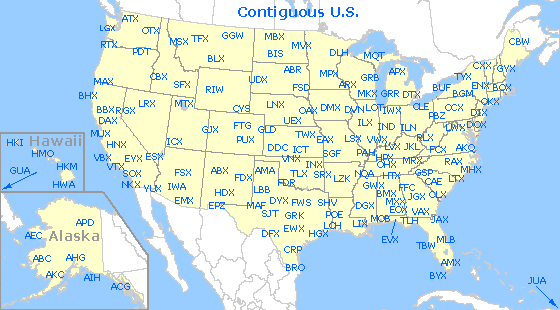

The National Weather Service is expecting snow accumulations ranging from 2 to 7 inches along the coast all the way to more than 35 inches along the Cascades at the highest elevations. The winter storm warning remains in effect until 7 a.m. The Portland metro area remains under a winter storm warning this Christmas Day, with heavy snow expected in all of western Oregon and southwest Washington Saturday night, The Oregonian/OregonLive reported.Īccording to the National Weather Service forecast, elevations all the way to the valley floor and to sea level on the Oregon coast will see snow starting Christmas night and into next week. Uncovered pipes will be susceptible to freezing and bursting.Ī slow moderating trend may begin on Thursday, with the potential for wintry weather that will continue into Friday. It’s been a hot summer for the Pacific Northwest and many are probably looking ahead to the winter months.The Farmer’s Almanac has released its 2022-23 winter outlook. If outdoors, remember to dress in layers and cover exposed skin. With these very cold temperatures, frost bite and hypothermia will occur much faster, forecasters said. NWS also warned of "dangerously cold temperatures" in coming days across Central and Eastern Oregon as an arctic air mass moves in, dropping lows to single digits and teens Monday through Thursday and wind chills as low as 10 below zero. "Slow down and use caution while traveling." "Plan on slippery road conditions," the NWS said. Monday, predicting 1-5 inches of snow, heaviest near and sout of Bend, with winds gusting up to 35 mph. Things look particularly bad for the drought in the Southwest, where drought conditions are forecast to worsen over the next few months.The National Weather Service in Pendleton issued a winter weather advisory for 4 a.m. This signals a wetter winter for parts of the Midwest and the Tennessee Valley, but drier conditions across the southern U.S.

Gottschalck said this year’s La Niña looks like it will be a moderate (or upper-end moderate) La Niña pattern. Drier-than-average conditions are favored in south-central Alaska, southern California, the Southwest, and the Southeast. (NOAA based on NWS CPC data) La Niña and Droughtįor the second winter in a row, La Niña conditions are forecast to affect the country’s winter weather, said Gottschalck. Winter Outlook map for precipitation shows wetter-than-average conditions are most likely in parts of the North, primarily in the Pacific Northwest, northern Rockies, Great Lakes, Ohio Valley and western Alaska. This precipitation forecast has a lot do with La Niña, which has already started to settle in. The rest of the country should expect an average amount of rain or snow. December 2022 looks stormy and cold nationwide with an active storm pattern developing and. The southern half of the country is looking at drier conditions, especially the Southwest, Florida and southern Georgia. The first bite of winter should come earlier than last years. The Northern Rockies, parts of New York, Ohio, Kentucky, West Virginia and Missouri may also see more precipitation. The only significant difference between this winter’s outlook and the outlook for 202021 is that the chance of above-normal temperature is about 5-10 less than it was last winter, likely the result of somewhat higher above-normal temperature thresholds due to the change in long-term averages described above. The Pacific Northwest and Great Lakes region are most likely to see a wetter-than-average winter this year. Winter Outlook 2021-2022 map for temperature shows warmer-than-average conditions across the South and most of the eastern U.S., while below average temperatures are favored for southeast Alaska and the Pacific Northwest eastward to the Northern Plains. (NOAA, using NWS CPC data) Precipitation (rain and snow)


 0 kommentar(er)
0 kommentar(er)
